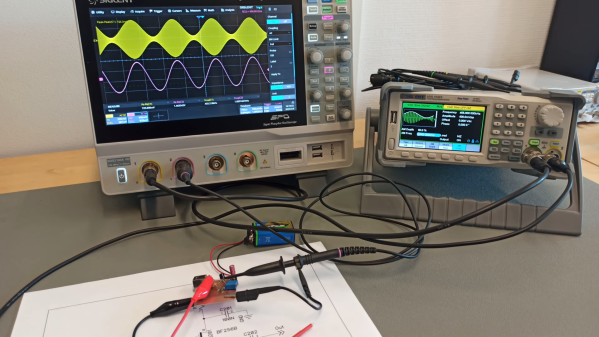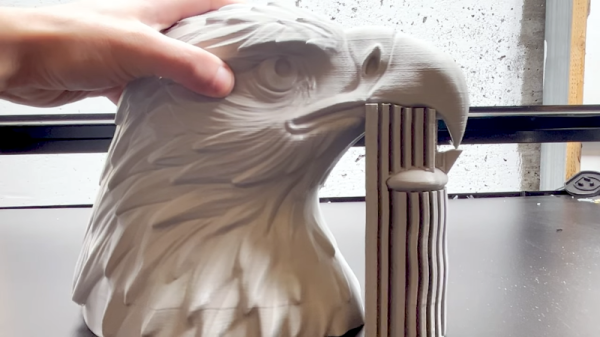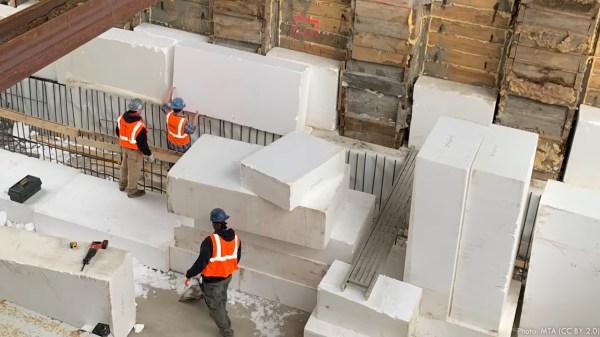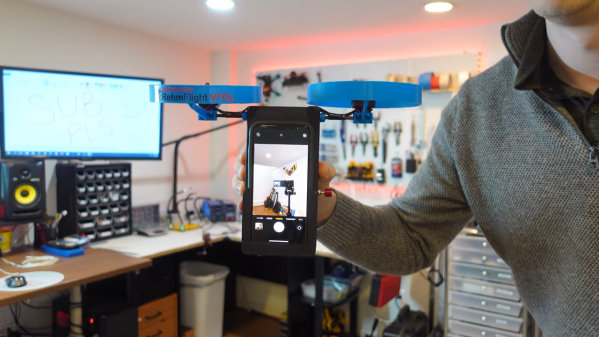Those gamers who were playing in the mid 1990s may retain a soft spot for Sony’s first PlayStation. The grey console was the thing to have a quarter century ago, but we’re guessing few who had one will have a soft spot for their CD mechanisms. These were seemingly manufactured from Sony’s finest chocolate, and would stop working at the slightest hint of getting warm.
With the hardware now long in the tooth, what is to be done with a dead CD drive? Perhaps [Xrider] has the answer, with a CD Drive emulator board which fits in the space left by the original (French language, translation link).
Doing the hard work is a Raspberry Pi Pico, building on the Picostation project. To that it brings a drive-shaped board, as well as a series of daughterboards for the various different revisions of the Sony motherboard. The games meanwhile are loaded from a micro-SD card.
As single board computers have become ever faster, it’s no surprise that one would be able to emulate a ’90s CD mechanism with ease. What this does raise though is the interesting prospect that the Picostation might be adapted for other less-popular CD-based platforms. For those of us for whom games consoles in the CD era were both work and play, we hope that other consoles will receive this benefit.
















